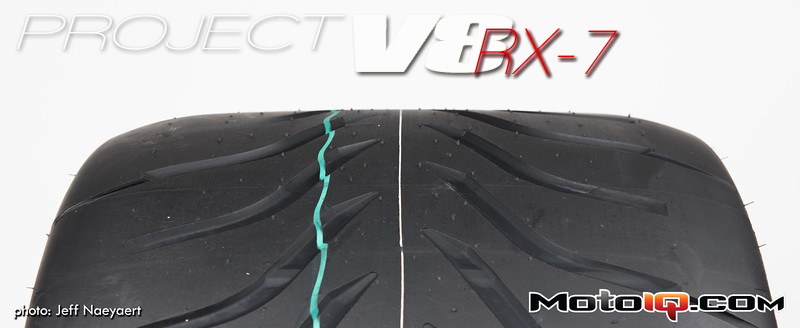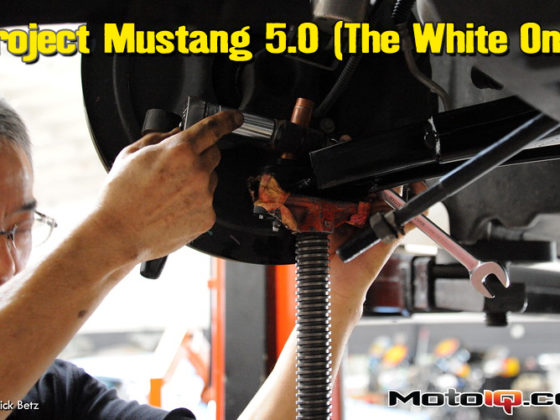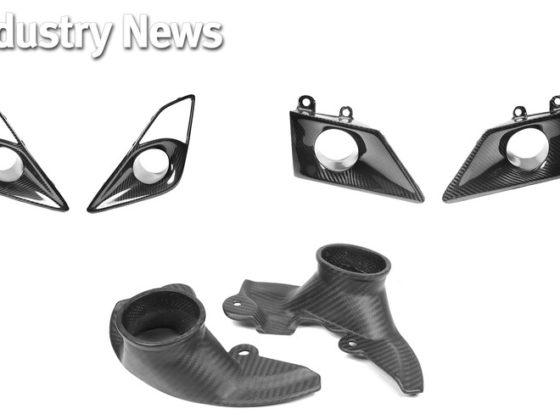Armed with On Point’s wheel specs we used the 1010tires.com Offset Calculator to plug in different rim widths and solve for the correct offset wheel we’d need to poke our rim out just the right amount. We aren’t looking for a “stretched” fitment of our R888’s but a small amount of stretch will improve handling and tire response by reducing sidewall flex so we looked at wheels a little bigger than what Toyo recommended on their website—13 inches instead of 12 for the rear, and 11 inches instead of 10.5 up front.

A rim that wide with an offset that negative is going to have a pretty big lip on it as you might imagine, bringing images of those RWB 930 porsches to mind with those fat overfenders and deep rims. For some time, RWB used the 3-piece SSR SP1 Professors exclusively for their vehicles. Naturally, the first place we started looking for wheels was SSR’s website to see what sizes they had when we noticed a new wheel they just released called the SP4, which was a lot similar looking to the classic SP1 but with sharper lines and angles and probably some new technology since it was a brand new wheel.

We contacted Tanabe who SSR is a subsidiary of these days and asked about the new SP4. To be honest, before we had such specific wheel fitment needs we never really considered 3-piece wheels—always instead opting for super lightweight forged 1-piece wheels as you’ll find on most of our projects. True, 3-piece wheels do often times weigh more than their 1-piece counterparts mostly because of the hardware but SSR has been making 3-piece wheels longer than anyone—they made the very first one in fact in 1971—and they’ve done a good job making the SP4 as light as possible. Below is an illustration of SSR’s 3-piece wheel.

The inner and outer barrels are spun forged, a process that takes a round hunk of aluminum, spins it while applying heat and rollers to press and pull the rim to the desired shape. The heat, pressure and spinning involved in the process refine the grain (metal has a grain much like wood) of the aluminum molecules resulting in a barrel similar in strength to a forged wheel but less expensive to manufacture. The inner barrel is also heat treated for additional strength which allows the use of thinner material and thus more weight savings.
The center disc is made using SSR’s proprietary Semi-Solid Forging (SSF) process. This technology is a sort of hybrid between casting and forging where certain alloying elements like silicon are added to the aluminum allowing it to be cast but still ductile after casting at which point a die squeezes the still hot wheel into its final shape. The finished product is much more dense than a comparable cast component. Weight of the wheels is further reduced by using small M6 hardware and narrower valves.
Some 3-piece wheels are bolted together with the center disc sandwiched between the inner and outer barrel. SSR believes this leaves the wheel more susceptible to leaks and instead bolts the barrels directly together with the center disc top-mounted on the front. The barrels are then seam welded together for added strength and rigidity and a bead of silicone is ran over the seam just in case there are any gaps air could leak out. While that weld is good for strength if we hit something and taco the outer barrel we’re buying a whole new rim rather than just replacing the damaged half.



